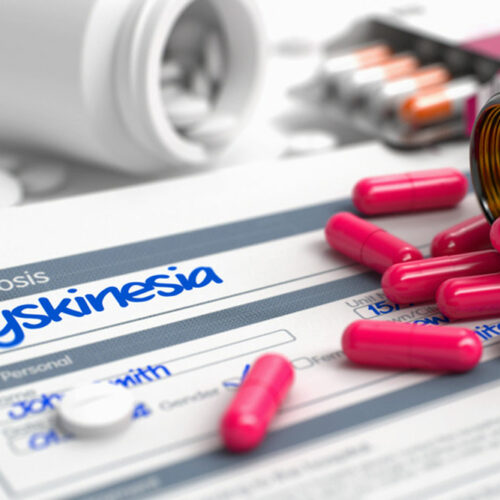
Natural treatment options for erectile dysfunction
Erectile dysfunction (ED) is the inability to have or maintain an erection that is adequate to engage in intercourse. It may give rise to feelings of inadequacy and shame but one need not worry too much as the condition can be treated. Occasional ED is not a cause for concern; if the condition is long-term and persists and one frequently has a problem keeping an erection, then he will need to treat the underlying disease responsible for the condition.









